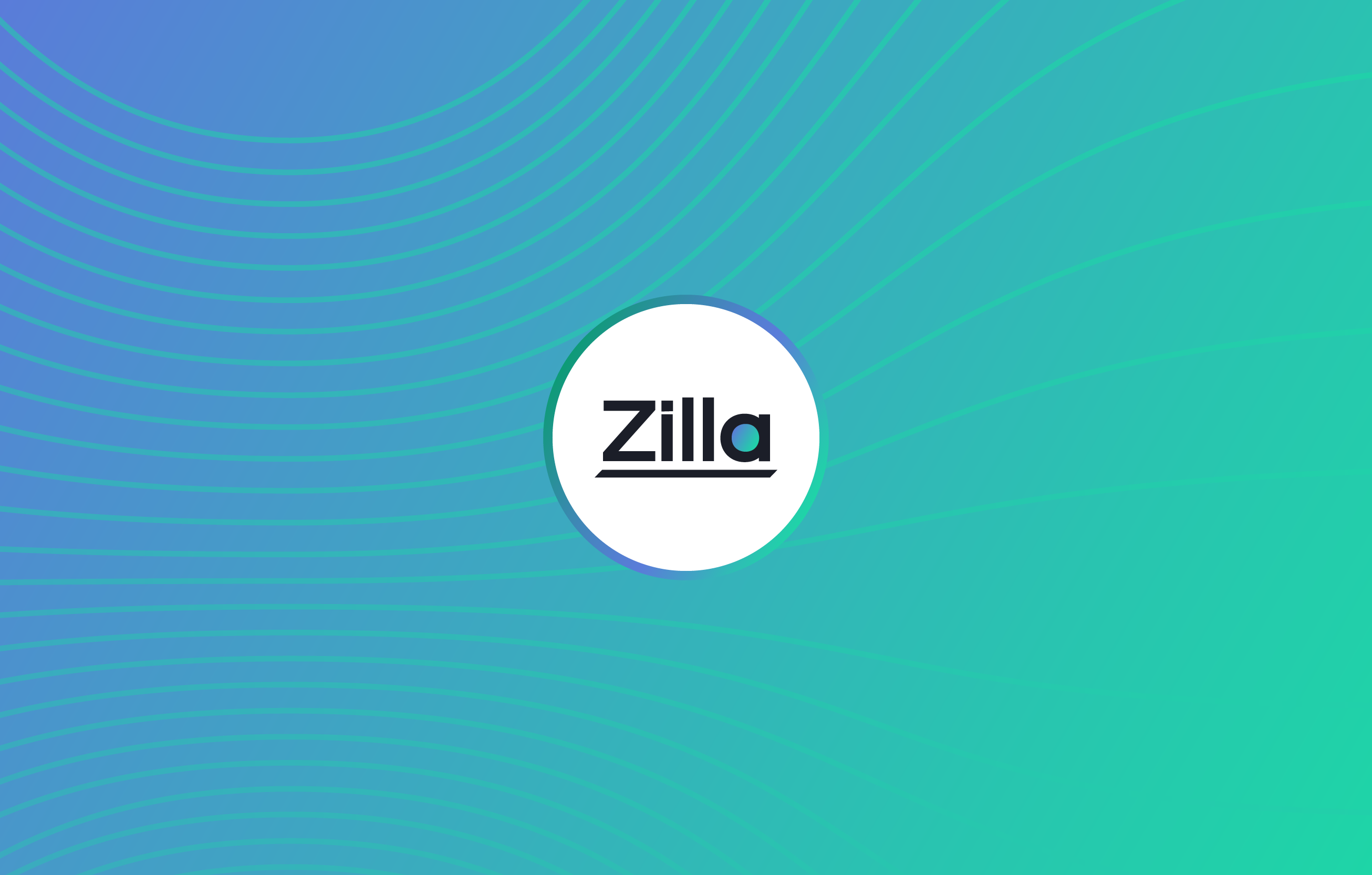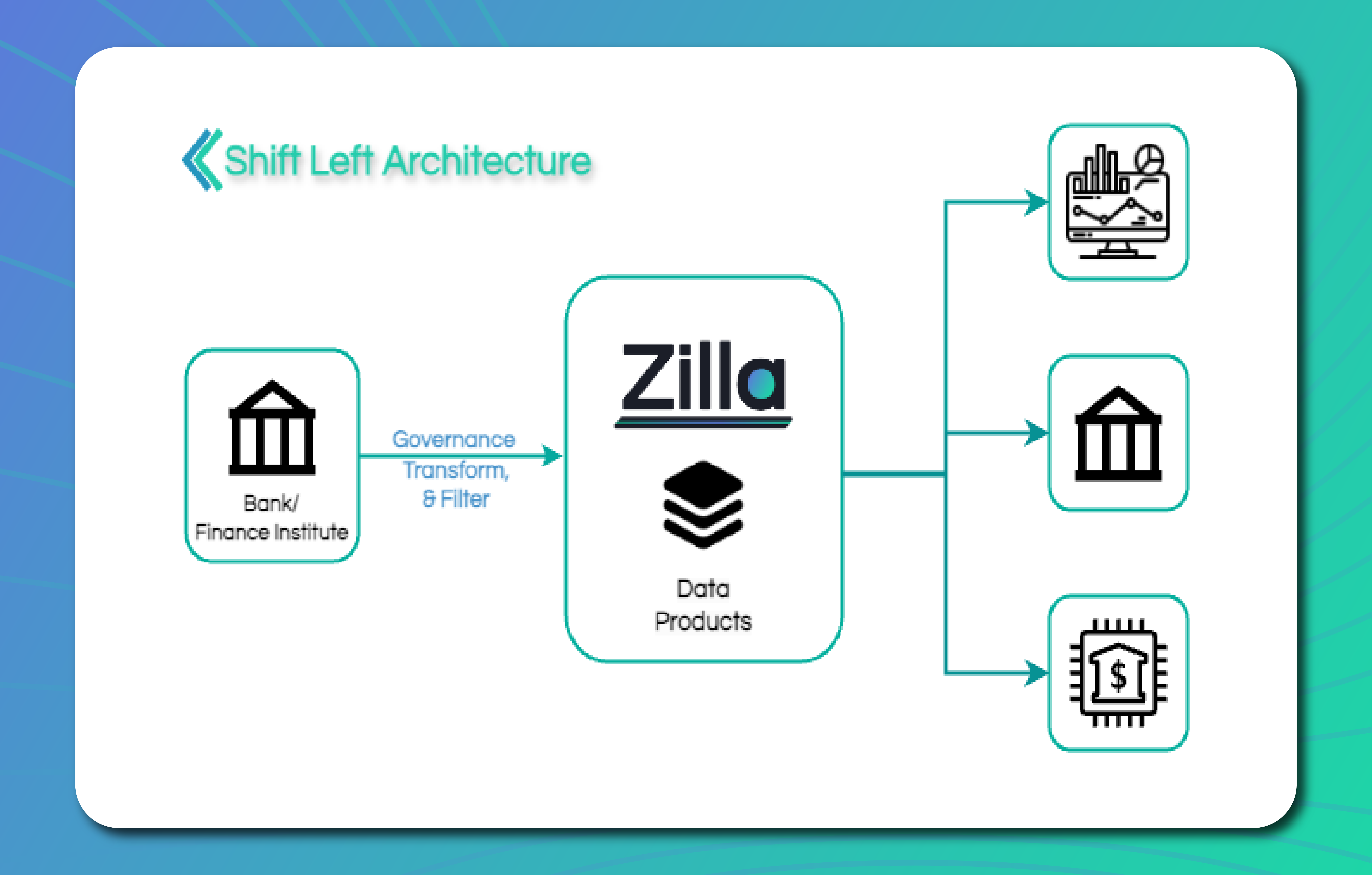CQRS and Event Sourcing with Zilla
What are CQRS and event-sourcing, why do they matter, and how does Zilla unlock these modern architectural patterns?



Introduction
CQRS and event sourcing are architectural patterns that help you build reliable, scalable, and secure application systems. Command Query Responsibility Segregation (CQRS), as the name implies, focuses on separating the reading and writing processes occurring in your system. With CQRS, there is a command channel that makes changes to your data and a query channel for reading and reporting your data.
In an event-sourced system, all changes to data are stored as events in an append-only log, so rather than only storing the current state of the data, changes and the actions taken on your data are also recorded. This helps with observability, improves fault tolerance, and allows you to build an event-driven architecture.
In this article, you'll explore CQRS and event sourcing and see some of the benefits of implementing these architectural patterns with Zilla.
What Are Event Sourcing and CQRS?
Event sourcing is a software architecture pattern that involves storing a log of all changes made to an application's data as a sequence of events. Instead of updating data in place, event sourcing involves appending new events to the log to represent changes made to the application's state. In an event-sourced system, the system's current state is derived by replaying the events in the event log. This allows the system to reconstruct past states and perform auditing and debugging tasks.
Event sourcing has several benefits, including:
- Improved reliability and fault tolerance: Because all changes are stored as events, it's possible to rebuild the system's current state by replaying the events, even if the system fails.
- Improved observability and auditability: Event logs provide a complete history of all changes made to the system, making it possible to track changes and understand how the system evolved over time.
- Simplified data modeling and root cause analysis: By storing data as events, it's possible to decouple the data model from the application’s business logic, making it easier to understand and modify.
Event sourcing is often used in conjunction with Command Query Responsibility Segregation (CQRS). This can be especially useful in systems that need to be highly scalable and maintainable, as it allows for easy tracking and replay of changes to the data. Additionally, in a CQRS and event-sourced system, data flows in just one direction through independent models to update or read information, which improves your ability to analyze data and debug, as each component in the data flow has a single responsibility.
CQRS and event sourcing also improve the flexibility and scalability of a system, particularly when it needs to handle a large amount of traffic or data. These patterns can also make it easier to implement features such as undo/redo and time travel, which can be useful for end users.
With CQRS, you can easily create responsive and interactive user interfaces that display data in real time or near-real time by separating the read and write models and quickly optimizing the read model for serving queries.
Event sourcing can create user interfaces that allow users to view the history of changes made to the system and revert to earlier versions if necessary. For example, if a user is collaborating on a document with others, they might be able to use the event log to see a history of the changes made to the document and who made them. This feature can be useful for helping users understand how the document evolved over time and allows them to revert to earlier versions if necessary.
Overall, CQRS and event sourcing can provide a better user experience by making systems more flexible, scalable, and responsive.
Use Cases for CQRS and Event Sourcing
There are numerous benefits to creating your systems using CQRS or event sourcing. However, you need to be sure that these architectural patterns are suitable for your use case as less complex solutions may also suffice.
For example, the CQRS pattern shines in systems with high frequencies of read and write executions. Separating your read and write processes allows you to scale and create more efficient channels without slowing down your services.
Here's a list of use cases where both CQRS and event sourcing can be used efficiently:
- Microservices: CQRS and event sourcing can be particularly useful in microservice architectures, as they can help to decouple the different components of the system and make it easier to scale and maintain the services.
- Real-time applications: CQRS and event sourcing can be used to build real-time applications that need to handle large amounts of data and frequent updates. The separation of commands and queries can help to improve the performance and reliability of the system, while event sourcing helps you track changes and rebuild the state of the system as needed.
- Distributed systems: CQRS and event sourcing can be useful in distributed systems that need to maintain consistency across multiple nodes or servers. The event log can be used to synchronize the state of the system across different nodes, and the separation of commands and queries can help to reduce the risk of conflicts or inconsistencies.
- Complex business processes: CQRS and event sourcing can be used to build systems that handle complex business processes with many steps and dependencies. The event log can be used to track the progress of the process and to reconstruct the state of the system at any point in time, while the separation of commands and queries can help to improve the performance and scalability of the system.
Using Zilla for Your CQRS and Event Sourcing Needs
Zilla is an open source solution that connects web and mobile applications to event-driven microservices via standard protocols such as HTTP, server-sent events, and Kafka. It's a software tool that acts as an API gateway for event-driven microservices. It's designed to route requests and events between microservices and external clients and to handle tasks such as authentication, protocol transformation, and caching.
In an event-driven microservices architecture, Zilla can receive events from microservices and forward them to other microservices, applications, or external systems that are interested in receiving those events with app-specific API declarations. This can be useful for decoupling microservices and enabling them to communicate asynchronously with each other. Zilla can also be configured to perform other tasks, such as routing requests to the appropriate microservice and returning the response back to the client, as well as error handling and monitoring.
With Zilla, you can establish a CQRS event-sourcing design pattern with minimal effort. You can set up your system architecture with Zilla-defined custom API routes, rules, and channels for handling commands and queries independently. This can be coupled with an API channel that stores data changes and events and allows you to replay and reconstruct system events.

Benefits of Using Zilla for Your CQRS Event Sourcing Design
With Zilla, you get an intuitive interface to easily build and deploy your API gateways and microservices. Zilla offers high performance, low latency, and optimized data delivery, making it a good choice for applications that require fast response times and the ability to handle large amounts of traffic.
Zilla is highly extensible, with support for multiple integrations. It natively supports a range of protocols beyond HTTP, including asynchronous ones such as server-sent events, WebSocket, MQTT, and AMQP. It also natively supports the Kafka protocol.
Zilla provides a unique approach to API design by allowing for the creation of application-specific HTTP APIs over Kafka, providing greater flexibility and freedom from the limitations of conventional API gateways and system-level APIs. It includes built-in support for caching responses from backend services, which can improve the performance and scalability of your system. Zilla can automatically distribute incoming requests across multiple backend servers, which can help to improve reliability and availability across your system.
Zilla provides several security features, such as support for HTTPS and authentication, to help ensure the security of your API gateway and the data it handles.
As an open source project in active development, Zilla is actively maintained and developed, which means that new features and improvements are added on a regular basis. This can make it a good choice if you want to use a cutting-edge API gateway that is constantly evolving. It also has comprehensive documentation that covers all of its features and functions.
Conclusion
In this article, you learned about the CQRS and event sourcing patterns, as well as their benefits and use cases, and explored how you can use Zilla to create your CQRS and event sourcing system design.
Zilla provides an easy way to establish an event-driven architecture, as it provides a framework for building and handling API gateways and microservices as well as the data generated between them. It natively supports a large range of protocols, including Kafka. Get started on your event-driven architecture now.


Let’s Get Started!
Reach out for a free trial license or request a demo with one of our data management experts.






